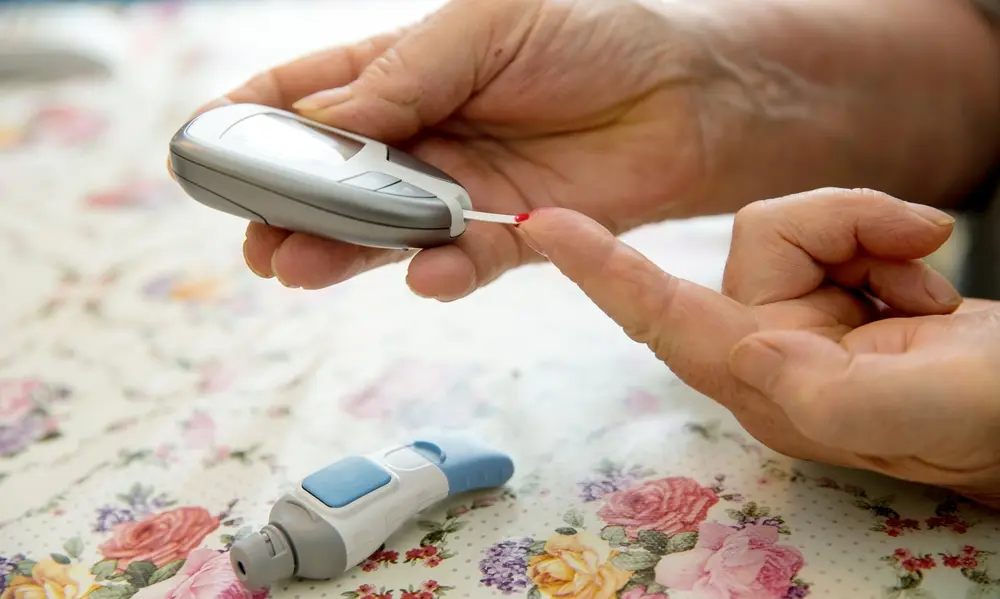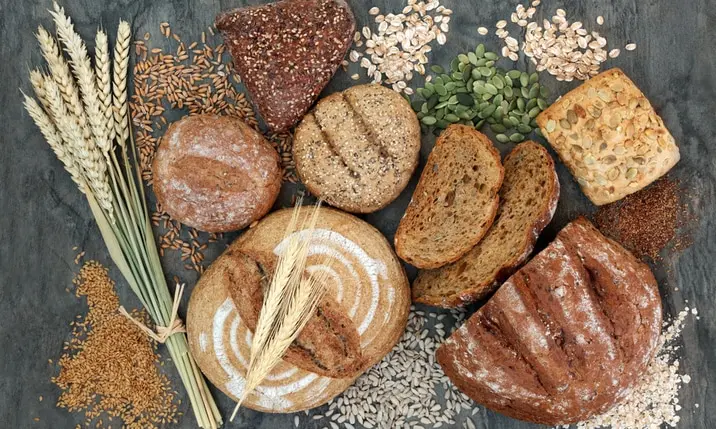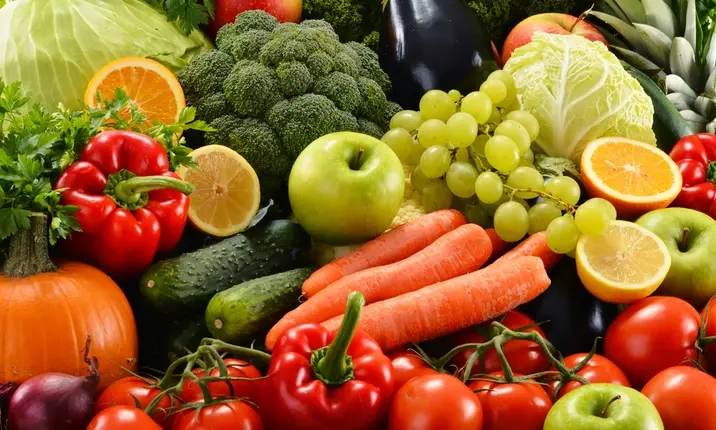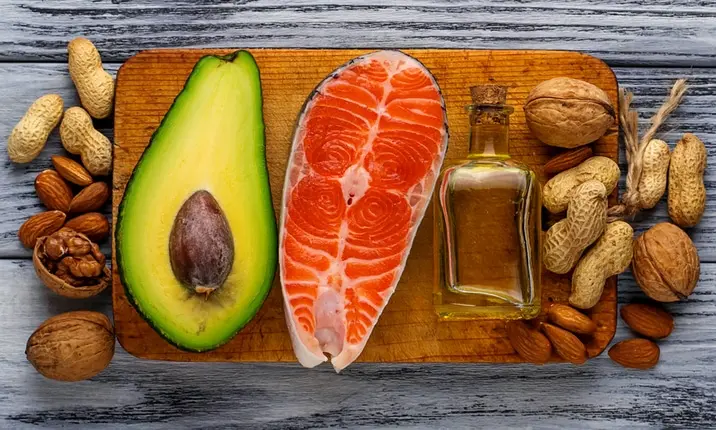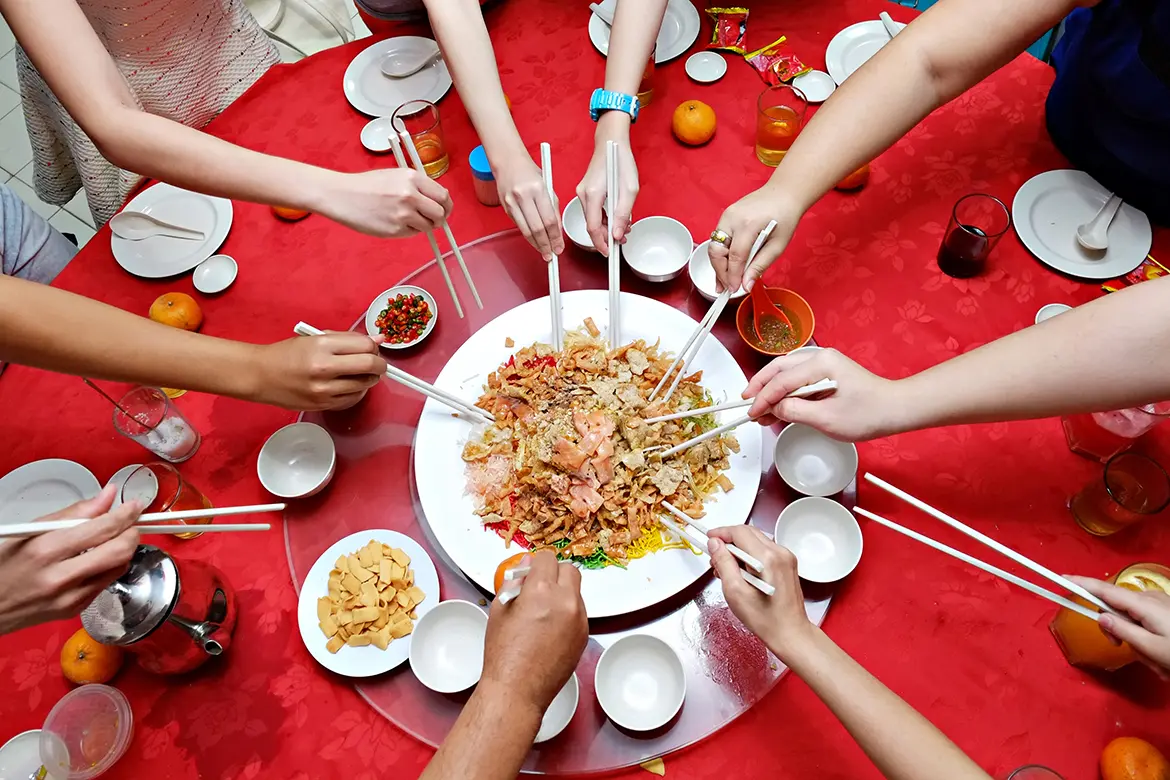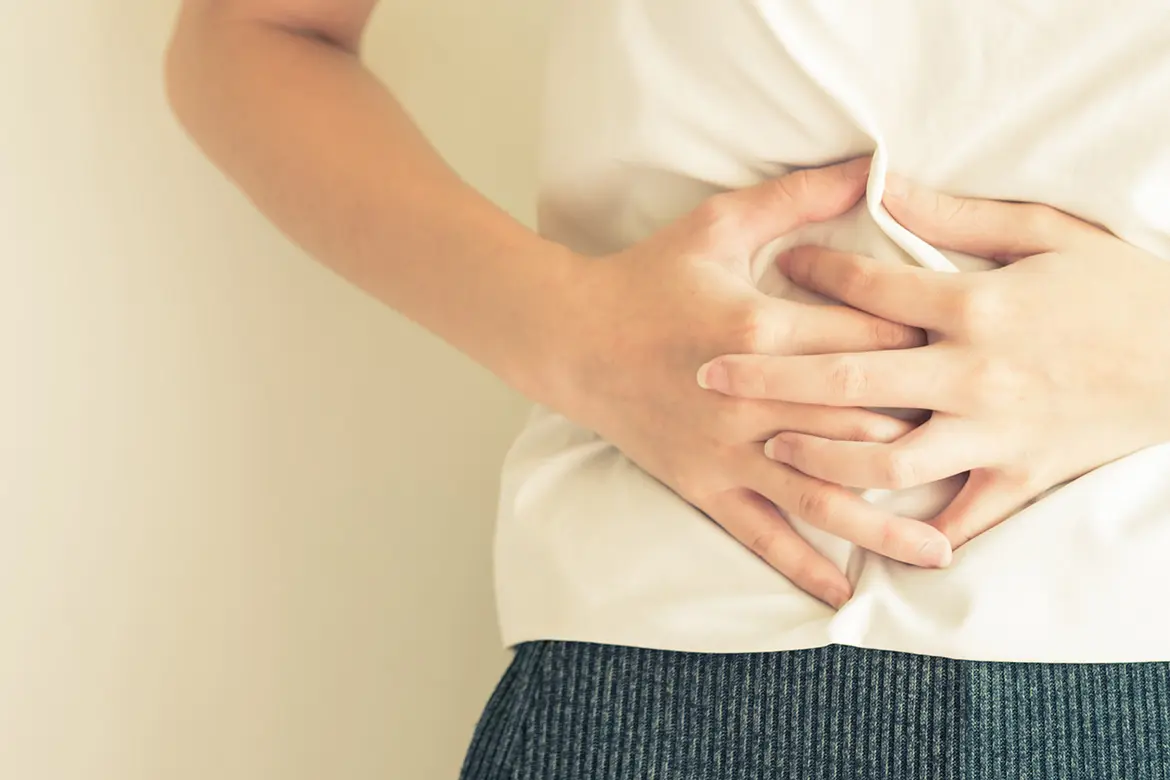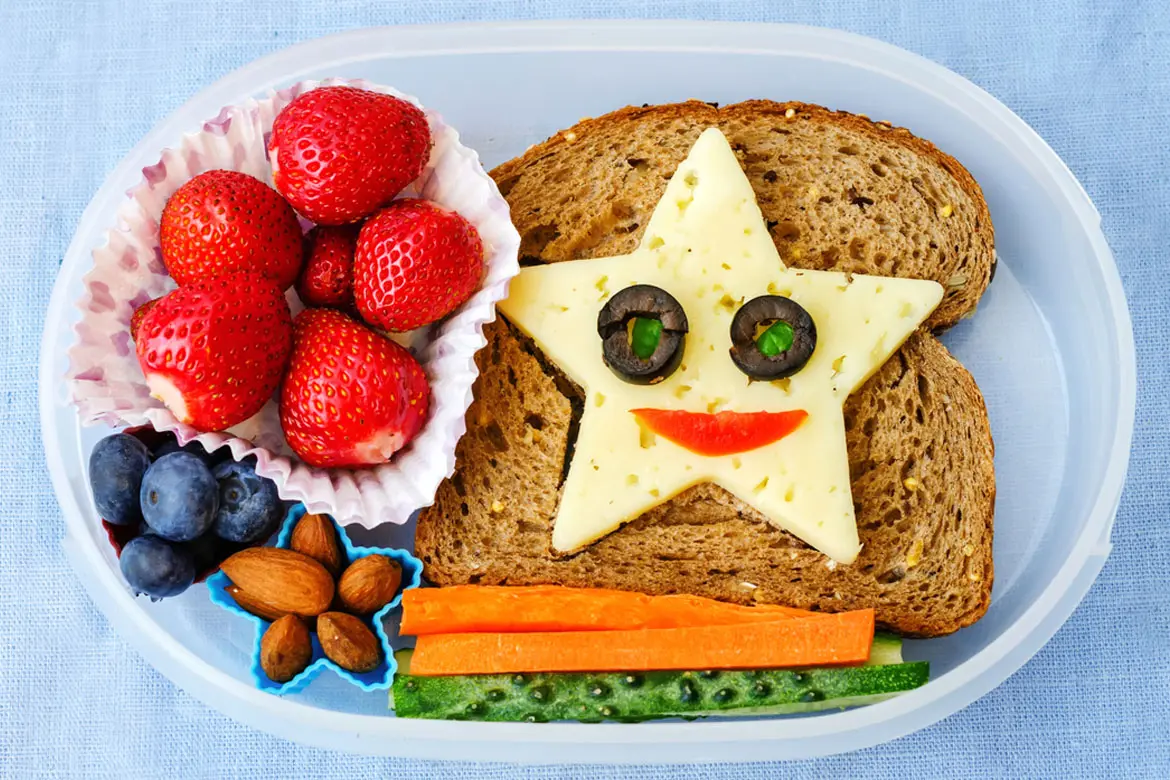Reversing diabetes' usually refers to the case where people with type 2 diabetes are able to restore their blood sugar and insulin to normal levels, such that they no longer need to take medication. This is also known as putting diabetes in remission.
The reversal is not necessarily permanent – to keep diabetes in remission and stay off the meds, you have to keep your weight in the healthy range by continuing to practise healthy eating habits and staying active.
Also, note that this doesn't happen for everyone – while weight loss can be beneficial in reversing diabetes progression, it also depends on how long you've had the disease, how severe it is, and your genes. Some people who are at a healthy weight are living with type 2 diabetes too.
Understanding type 2 diabetes
According to Dr Daniel Wai, endocrinologist at Mount Elizabeth Hospital, it is believed that each of us has a definite amount of fat storage capacity. When that capacity is exceeded, the body does not want any more additional fat, and becomes resistant to insulin.
When you develop insulin resistance, there is just no way for your body to convert that sugar to energy. You end up with raised blood sugar levels, and your doctor diagnoses you with type 2 diabetes.
The more body fat you have, the harder it is for your pancreas to make the amount of insulin your body needs to control blood sugar. That's why weight loss – through changes in your diet and physical activity – is especially beneficial in controlling and reversing diabetes progression.
Is there a diet that can reverse type 2 diabetes?
A diet that aims to reverse diabetes would basically mean a diet that helps you manage your body weight while meeting your daily nutritional needs, and may require a calorie adjustment depending on an individual's body composition and condition.
Seow Vi Vien, dietitian at Mount Elizabeth Hospital, provides a guide on better diet choices you can make to increase your chances of reversing diabetes progression.
Carbohydrates
Maximise: Whole grains such as brown/red rice, oatmeal, quinoa, millet, wholegrain bread, whole-wheat biscuits, wholegrain rice noodles, whole-wheat spaghetti, buckwheat noodles
Minimise: White rice, white bread, refined/sweetened breakfast cereals, pastry, regular pasta, French fries
Protein
Maximise: Tofu, roasted/baked nuts, beans, fish, lean chicken/turkey breast (without the skin), lean meat, skim/low-fat milk, unsweetened soy milk, low-fat yoghurt, low-fat cheese
Minimise: Fatty red meat, poultry with skin on, organ meat, processed meats (such as sausages, hot dog, luncheon meat and ham) deep fried fish/seafood and deep fried tofu.
Choose healthier cooking methods like steam, grill, braise, simmer, stir-fry and boil.
Vegetables
Maximise: The Health Promotion Board recommends eating 2 servings of vegetables daily and to include both leafy and non-leafy vegetables. Green leafy vegetables include spinach, kale, chye sim, nai bai (milk cabbage), while non-green leafy vegetable include tomato, capsicum, brinjal, bitter gourd and cruciferous vegetables like broccoli and cauliflower.
Minimise: Oily stir-fried vegetables, vegetables cooked with lots of added gravy/seasoning, or salads with a large amount of dressing.
Cook your vegetables using a small amount of unsaturated oil.
Fruit
Maximise: Fresh fruit and plain frozen fruit without added sugar. The Health Promotion Board recommends eating 2 servings of fruit daily.
Minimise: Canned fruit with syrup, dried fruit coated with sugar/honey/juice concentrates, fruit punch, fruit juice, preserved fruits
Fat
Maximise: All types of nuts and seeds (in moderate amounts), unsaturated oil (eg. olive oil, sunflower oil, canola oil, soybean oil and trans-fat free margarine), fatty fish like salmon, tuna and mackerel
Minimise: Butter, regular cheese, gravy and battered foods (Read a product's nutrition label and ingredient list – look out for saturated fat, trans fat, partially-hydrogenated fat and hydrogenated fat)
Drinks
Maximise: Plain water, unsweetened tea, unsweetened/sugar-reduced black coffee
Minimise: Sweetened canned/packet drinks, bubble milk tea, milkshake, flavoured coffee drinks, fruit juice, energy drinks, flavoured milk and cultured milk drinks
Are you at risk of diabetes, or a patient hoping to reverse your condition? If you would like to maintain a diet that suits your needs while bettering your health, a good step forward would be to consult a dietitian.

